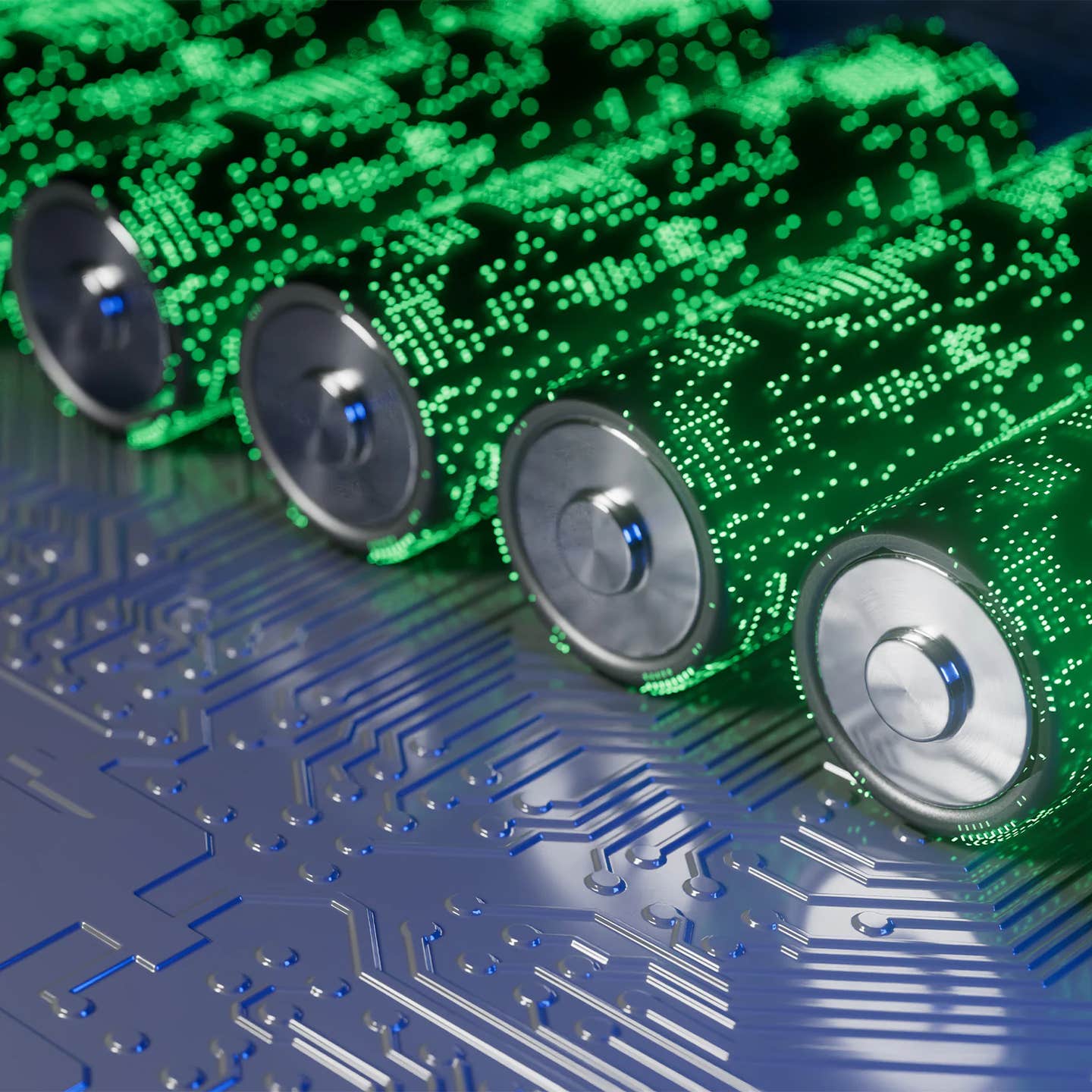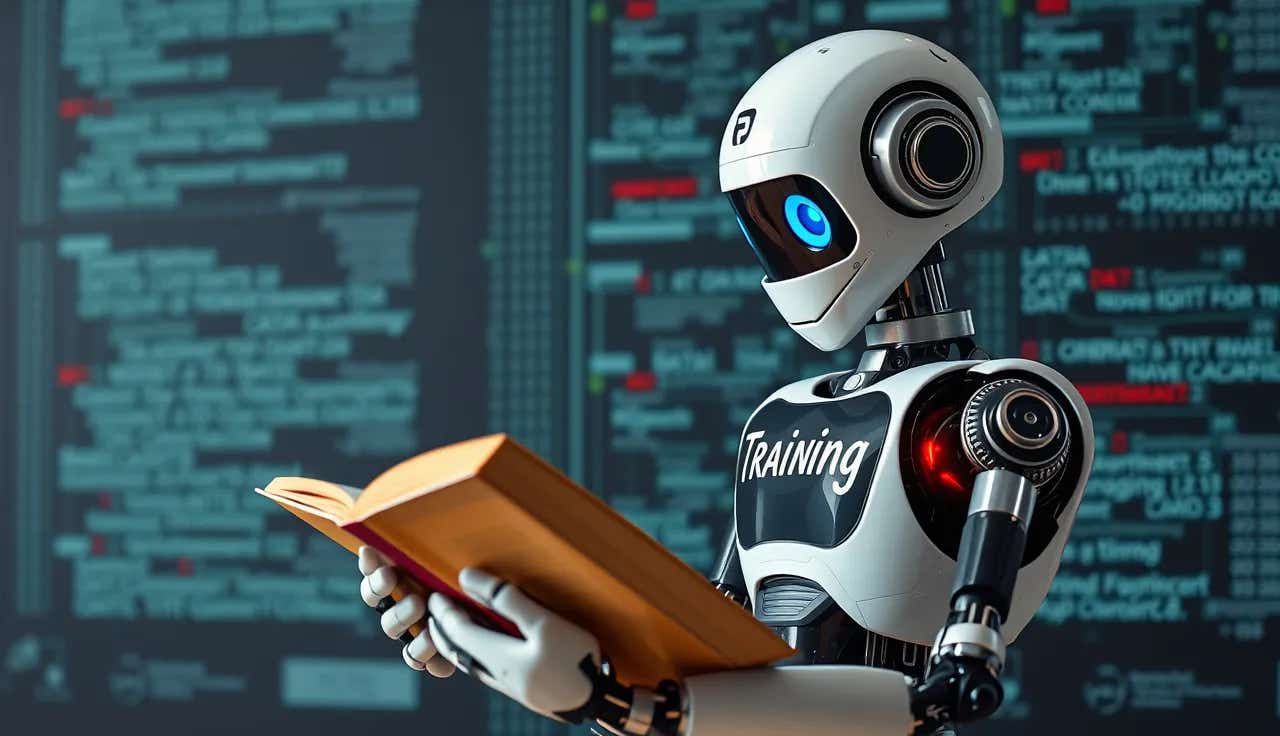Revolutionary new battery lasts longer, charges more efficiently, and even heals itself
New lithium battery materials shrink when heated and restore themselves through smart charging, promising longer life and better safety.

Scientists design lithium battery materials that shrink with heat and nearly fully recover voltage, doubling battery life. (CREDIT: iStock)
Aging batteries have long frustrated both scientists and users. But a recent study brings promising news. A new approach based on oxygen-redox (OR) chemistry could make batteries last longer, charge more efficiently, and even heal themselves. Behind this shift is a deeper understanding of how disorder in materials can be used—not avoided—to improve performance.
Redefining Disorder: A Useful Feature, Not a Flaw
When materials heat up, they usually expand. This expansion happens because atoms move more as temperature rises, causing the structure to swell. Scientists use the Grüneisen rule to describe this. It connects how much a solid expands to the way its atoms vibrate. But some materials don’t follow this rule.
In lithium-rich layered oxides, used in many lithium-ion batteries, scientists found something rare: negative thermal expansion (NTE). Instead of expanding with heat, these materials shrink between 150°C and 250°C. This doesn’t fit the typical thermal behavior of solids. The key lies in the OR chemistry and how heat triggers atoms in the structure to rearrange.
Rather than treating these changes as damage, scientists saw them as a new way to tune battery materials. Disorder in the atomic structure isn’t always bad. If controlled, it can become a powerful tool to make batteries work better and last longer. “By tuning reversible OR activity, the thermal expansion coefficient can be precisely switched among positive, zero, and negative states,” said QIU Bao, a lead author of the study.
Finding Stability in Change: How ZTE Materials Work
The research, led by Prof. Liu Zhaoping at the Ningbo Institute of Materials Technology and Engineering (NIMTE), developed a new kind of cathode that resists changes in size when heated. These zero thermal expansion (ZTE) materials are stable, even at higher temperatures. That matters a lot in batteries, where temperature swings can lead to breakdowns, shorter life, and even safety risks.
These lithium-rich materials already offer high energy storage—over 300 milliampere-hours per gram (mAh/g), which is much more than standard materials. But until now, they had a serious weakness: voltage decay. As the battery aged, the voltage dropped, reducing its ability to power devices.
Related Stories
The same OR process that boosts capacity also causes trouble. It distorts the atomic structure and creates disorder that doesn’t easily reverse. This leads to a loss in power and faster aging of the battery. But the new study offers a different view. Structural disorder can be reversed using electrochemical control. The team showed that by applying specific voltage pulses—around 4.0 volts—they could restore the structure. This process brought the battery close to its original voltage, nearly 100%.
A New Kind of Healing: Batteries That Fix Themselves
In practical terms, this means batteries might one day restore themselves during regular charging. Smart charging systems could send short bursts of voltage to rearrange the material’s atoms back into order. No need to replace aging batteries—just “heal” them through the charger.
This kind of in-situ healing could double the lifespan of lithium-ion batteries. For users, that means phones, laptops, and even electric cars would last much longer without needing new batteries. For the environment, it means fewer discarded batteries and less need for mining raw materials.
It also opens new doors for how materials are designed. Instead of avoiding disorder, scientists can now use it as a dial to control behavior. Materials can be designed to expand, shrink, or stay the same depending on the task at hand.“This isn’t just about better batteries,” said a member of the team. “It’s about building smarter materials from the ground up.”
Powering More Than Just Vehicles
Lithium-ion batteries power more than just phones and cars. They are essential in electric aircraft, grid storage systems, and other major technologies. As demand rises, so does the need for better performance and longer life.
By understanding how OR chemistry affects the lattice structure, scientists have created a system that can control thermal behavior with great precision. They demonstrated that the thermal expansion coefficient in these materials can be switched at will. The measured NTE value was an impressive −14.4 × 10⁻⁶ °C⁻¹, making it one of the most responsive systems ever reported.
Even better, the team created a predictive model to guide the design of future materials with this behavior. That means engineers can now build devices with zero thermal expansion from the start, avoiding failure due to heat stress.
Designing a Smarter Future
This research represents more than just a technical achievement. It shifts how scientists approach materials science. Structural disorder—once seen as a defect—is now viewed as a tool. By managing how atoms move and how structure changes, materials can be programmed for better stability, more capacity, and longer life.
For battery developers, this opens the path to designing cathodes that don’t just resist aging—they recover from it. For consumers, it means products that work longer and more safely. For the planet, it offers a chance to slow the growing pile of battery waste and reduce the strain on resources needed to make new ones.
The future of energy storage may be filled with materials that shrink when hot, heal when damaged, and perform better as they age. The key lies in understanding the balance between order and disorder—and using it to our advantage.
Research findings are available online in the journal Nature.
Note: The article above provided above by The Brighter Side of News.
Like these kind of feel good stories? Get The Brighter Side of News' newsletter.



